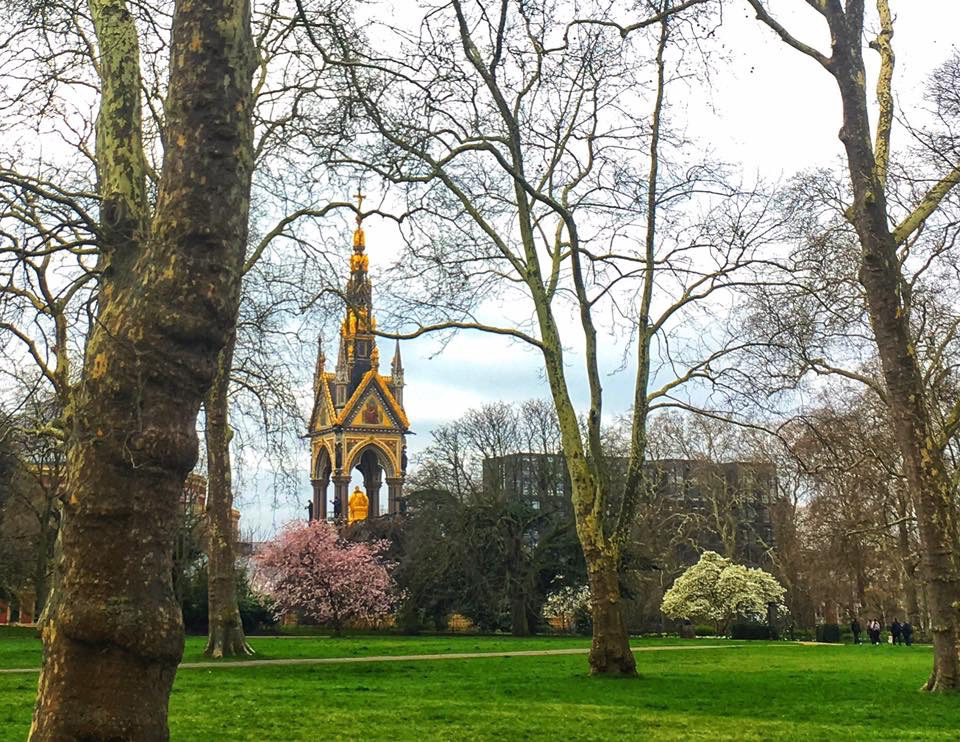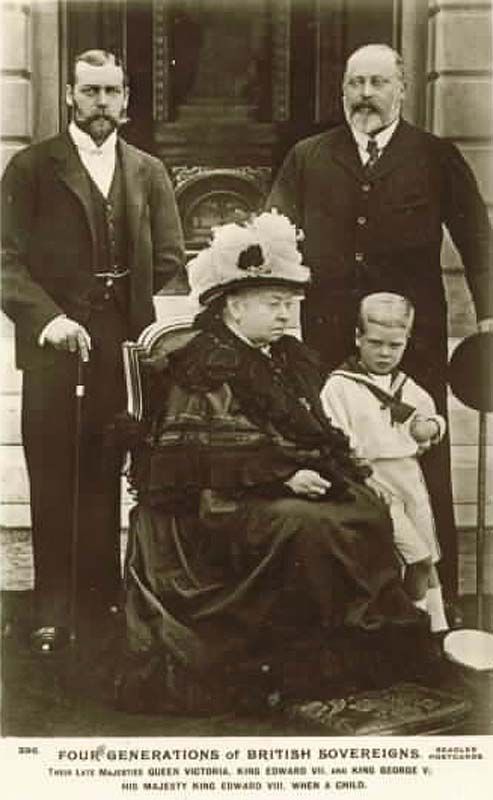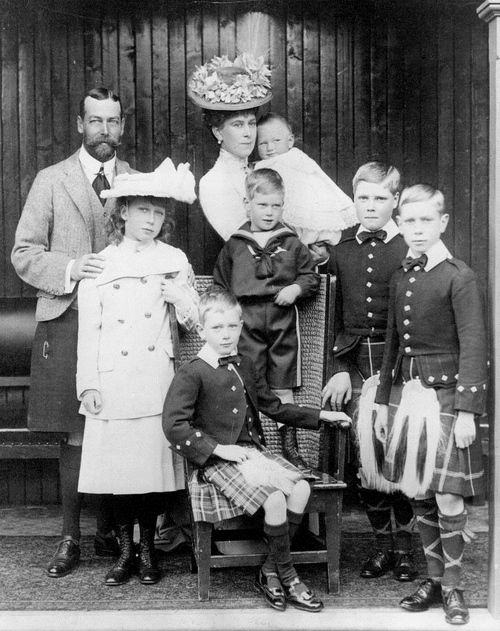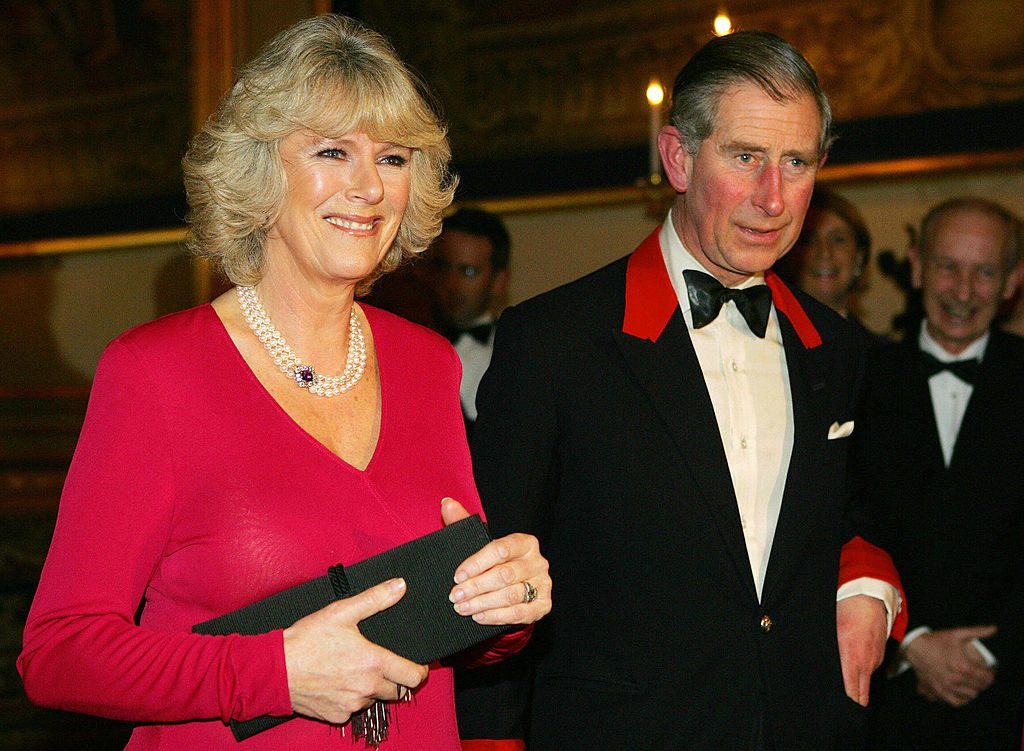Royal Albert Hall

The Royal Albert Hall was built between 1867 and 1871 and was officially opened on 29 March 1871 with the presence of Queen Victoria, who was overcome with emotion as she was reminded of her late husband, Prince Albert, who had died a decade earlier, never having seen the Hall named in his honour.

After the death of Prince Albert in 1861, plans of commemorating him a hall on the present site came up. The Prince had suggested as early as 1853 that the Royal Academy of Music might like to build a music hall on the south side of Cromwell Road. But it remained an idea and never even came to a planning stage until after the Prince’s death.

The Hall was originally designed with a capacity for 8,000 people. But historically, since its opening in 1871 it has a few times accommodated as many as 12,000 people. Under the present day safety restrictions, the maximum permitted capacity is now down to only 5,544 including standing in the Gallery.

I’ve been here many times prior and it was quite eerie and strange to see the hall practically empty.

The bust of Victoria and Albert are on display in one of the walls.

The hallway on the 2nd floor.

This set of steps lead to the Royal Box.

Lounge or reception where members of the royal family would wait before they proceed to the Royal Box.

Royal Albert Memorial as seen from one of the massive windows on the 2nd floor.

Prince Albert’s bust and Albert Memorial.

The details of the stone works and other ornamentation all over the building are quite impressive. Loads of initials, ‘RAH’ – Royal Albert Hall – or ‘VR’ – Victoria Regina or ‘VA’ – Victoria and Albert are seen everywhere.


The Royal Albert Hall is a very historic and magnificent edifice and it certainly is one of my favourite buildings in London.























